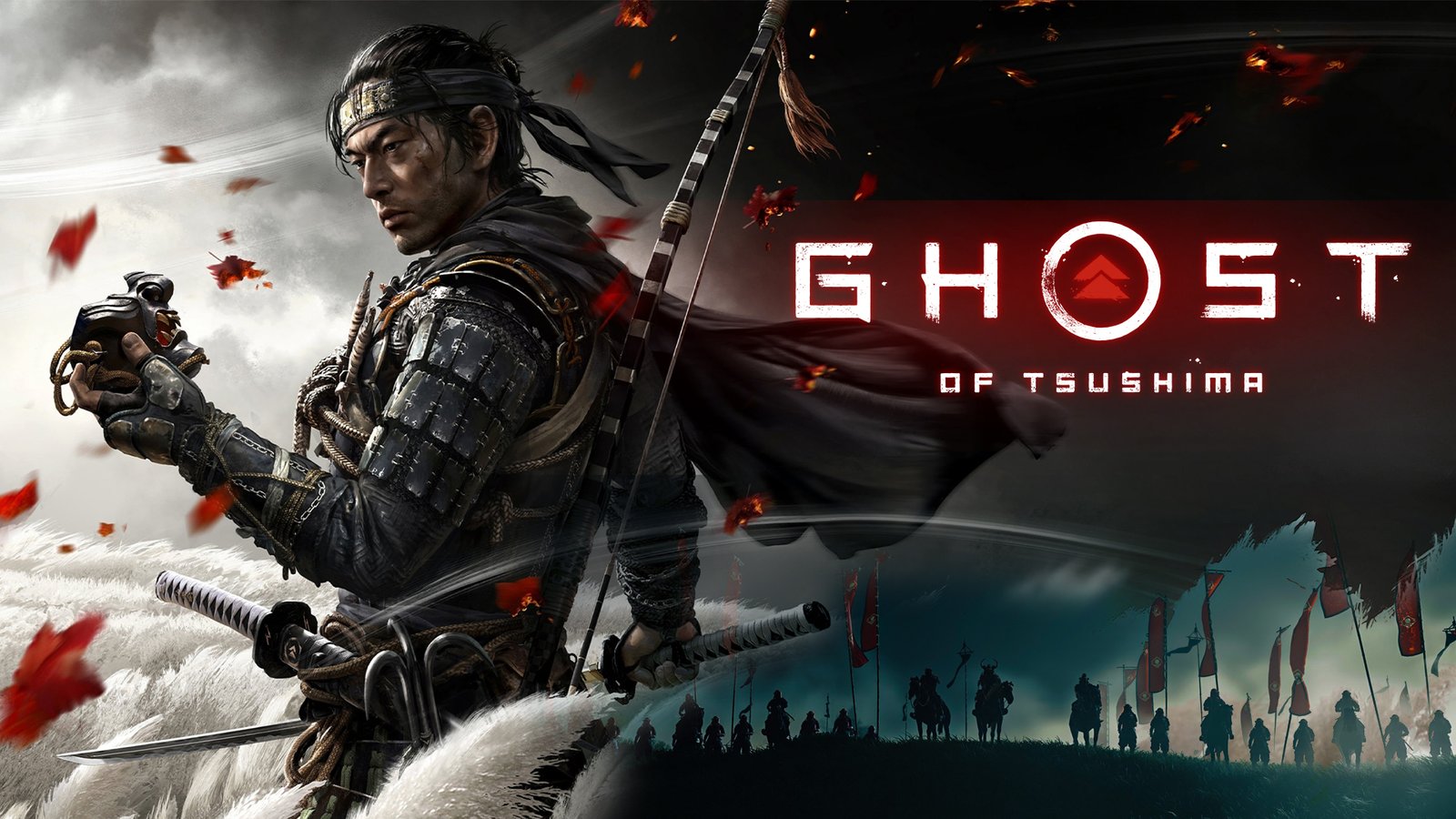Conveyed in July 2020 by Blindside Manifestations, Ghost of Tsushima enchanted swarms with its dazzling visuals, multi-layered storyline, and clear intelligence. Set on Tsushima Island in 1274, it follows the outing of Jin Sakai, a samurai legend safeguarding his country against the Mongol assault. This unimaginable action experience game immaculately solidifies irrefutable story with rich individual improvement, satisfying intuitiveness mechanics, and a significant social worship for middle age Japan.
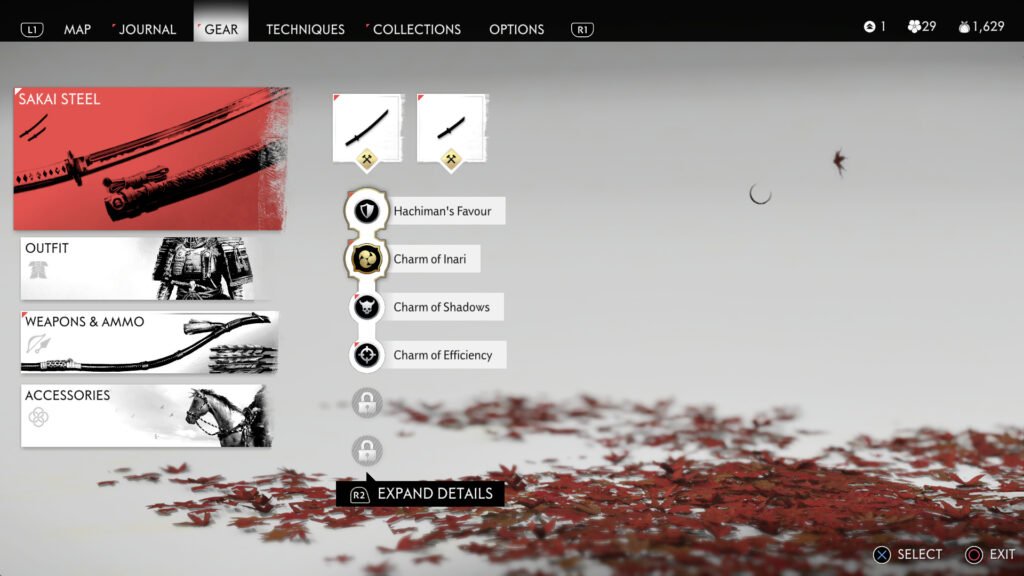
In this article, we’ll examine the key parts that make Ghost of Tsushima a really significant experience, from its describing and strategy to its social impact and what forces it hang out in the state of the art gaming scene.
1. The Story of Jin Sakai: Tradition vs. Necessity
The center of Nebulous vision of Tsushima lies in its story, which is as much about confidential matter everything being equal about the Mongol assault. Jin Sakai, the last samurai of his clan, fights to oblige the extreme samurai code with the reality of engaging an extensive enemy. Samurai values pressure honor, discipline, and eye to eye fight. Regardless, Jin in a little while comprehends that these characteristics could ought to be contorted expecting he’s to get any chance of achievement against the Mongol powers. As Jin, players make the journey from samurai to “The Nebulous vision,” blending secretiveness and precariousness, attributes usually stayed away from by samurai champions.
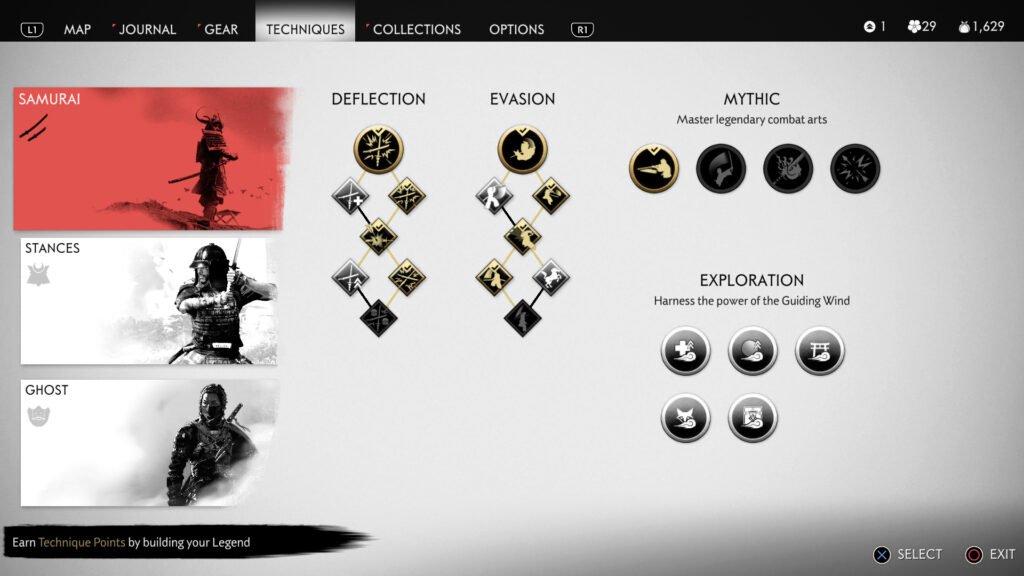
This dispute of values shapes the supporting of the game’s story, which examines subjects of dependability, repentance, and what it really means to defend one’s home. Through characters like Ruler Shimura, Jin’s uncle and substitute father, the story examines the exacerbation of restricting practice and the atonements that go with it. Players experience Jin’s near and dear change, from a steady samurai to a clearheaded warrior prepared to do whatever it may take to save his family.
2. Stunning Visuals and World Design
One of the most striking pieces of Apparition of Tsushima is its world arrangement, which has been idolized for its innovative eminence. Tsushima Island is reevaluated with a staggering blend of legitimacy and inventive stylization. From the extravagant, wind-cleared grasslands and splendid woods to tranquil fountains and haze covered mountains, each district is a magnum opus. The specialists made a conscious decision to zero in on brilliance, using an assortment range and improved perceptions to give the game a basically deceptive quality.
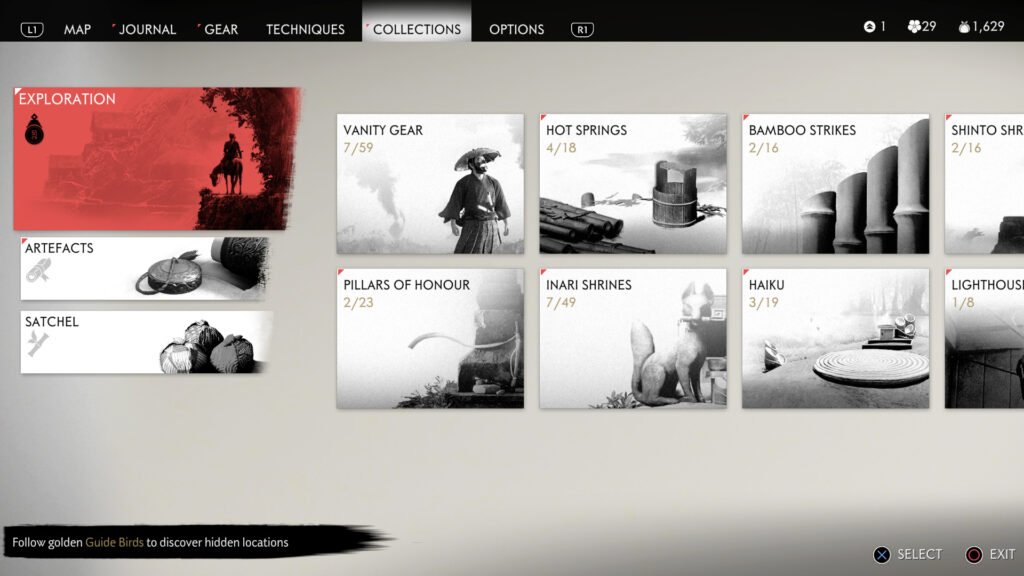
Adding to this elegant is the Kurosawa Mode, an exceptionally differentiating visual channel that copies the remarkable Japanese boss Akira Kurosawa’s film style. This mode isn’t just a stunt; it genuinely changes the game, offering it a reasonable energy that praises the samurai films that impelled Ghost of Tsushima.
Besides, the game’s environment and lighting systems logically change, habitually reflecting Jin’s trip and his sentiments. For example, the weather patterns becomes violent and overcast as Jin embraces his direction as the Ghost, addressing the faint, morally unclear choices he faces.
3. Innovative Gameplay and Combat Mechanics
Ghost of Tsushima consolidates conventional activity experience mechanics with creative battle frameworks that accentuate accuracy, ability, and methodology. The game elements two essential battle styles:
- Samurai Battle: Players participate in eye to eye fights, depending on timing and speedy reflexes. The game’s “Stalemate” repairman, where Jin moves adversaries to single battle, impeccably typifies the honor-driven approach of samurai champions. This mode requires exact timing to counterattack foes, underlining the discipline and expertise of the samurai.
- The Apparition’s Covertness Battle: As Jin embraces his job as the Phantom, he learns secrecy based methods like quiet takedowns, interruption strategies, and toxic substance assaults. These repairmen permit players to take a more vital, determined way to deal with battle, giving them the opportunity to wipe out foes without participating in face to face a showdown.
Players can switch between four battling positions — Stone, Water, Wind, and Moon — each intended to counter unique adversary types. This position based framework expects players to adjust rapidly, adding an additional layer of profundity and authenticity to battle.
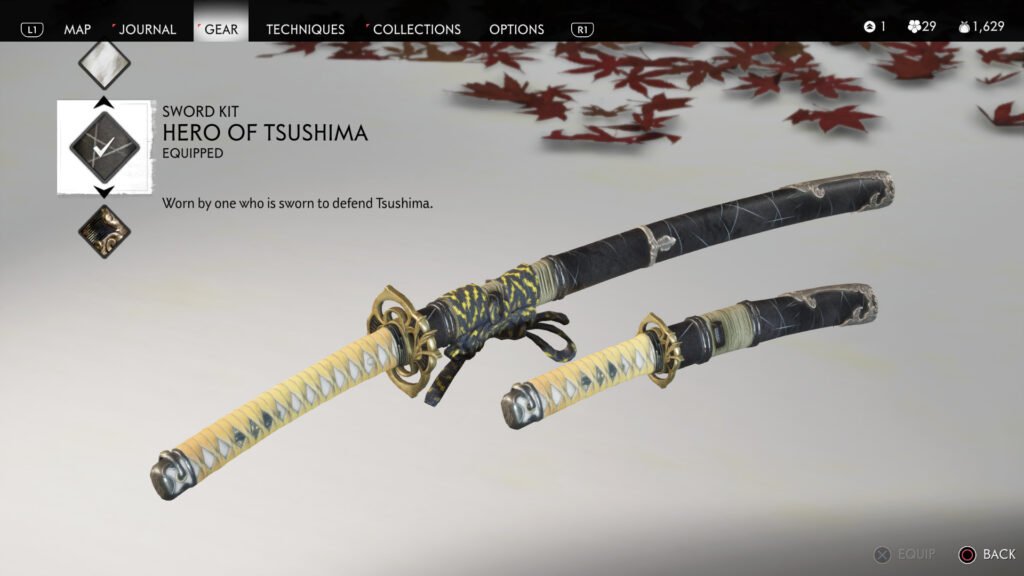
Notwithstanding battle, investigation is supported through side journeys, called Stories, and collectibles dispersed across Tsushima. Holy places, haikus, bamboo strikes, and other remarkable exercises permit players to draw in with the island’s set of experiences and excellence while redesigning Jin’s capacities.
4. Honoring Japanese Culture and History
Ghost of Tsushima is a demonstration of the consideration and regard with which Blindside Creations moved toward Japanese culture and history. Albeit not a direct verifiable reenactment, the game encapsulates the time and setting. The voice acting highlights valid Japanese exhibitions, and players can decide to play with Japanese discourse for a more vivid encounter.
The designers worked with social advisors and students of history to guarantee that customary samurai values, attire, and ceremonies were precisely addressed. Little subtleties, such as bowing to fallen adversaries or offering appreciation at sanctums, drench players in Japanese traditions. The game’s regard for Japanese culture didn’t be ignored; it was adulated by both Japanese and worldwide crowds for its genuineness and social responsiveness.
The game got a one of a kind acknowledgment in Tsushima itself, as a matter of fact. Following the delivery, the city chairman of Tsushima Island named the game’s designers as true the travel industry diplomats, featuring the game’s effect on bringing issues to light of Tsushima’s set of experiences and culture. This mix of activity, investigation, and social regard permits Phantom of Tsushima to stand apart among other activity experience titles.
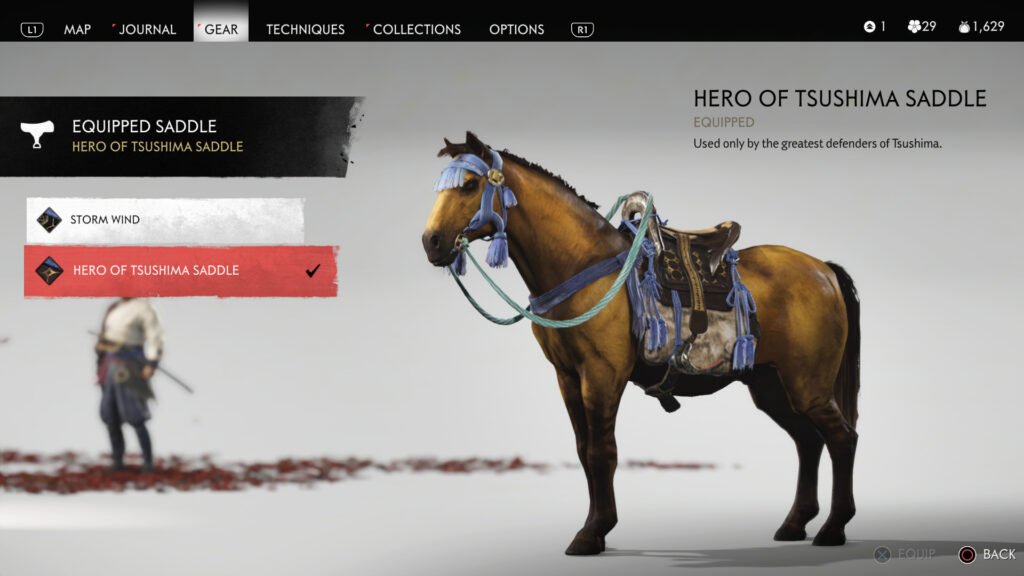
5. The Art of Storytelling in Side Quests and Character Arcs
Past the key storyline, Ghost of Tsushima consolidates different side journeys that redesign the player’s comprehension. These trips, known as Records of Tsushima, jump into the existences of the island’s inhabitants, showing the human side of the conflict. Characters like Woman Masako, Master Ishikawa, and Yuna have their own story twists, each piled up with beguiling, consistency, and episode. Through their trades with Jin, these side characters pass importance on to the game’s presence and support the focal subjects of episode and strength.
These side missions don’t simply cushion insight time; they investigate individual stories and the precious cost of war. Woman Masako’s story, for instance, uncovers the miserable fate of her family and her battle to track down esteem, while Instructor Ishikawa’s storyline tends to subjects of recuperation and inheritance.
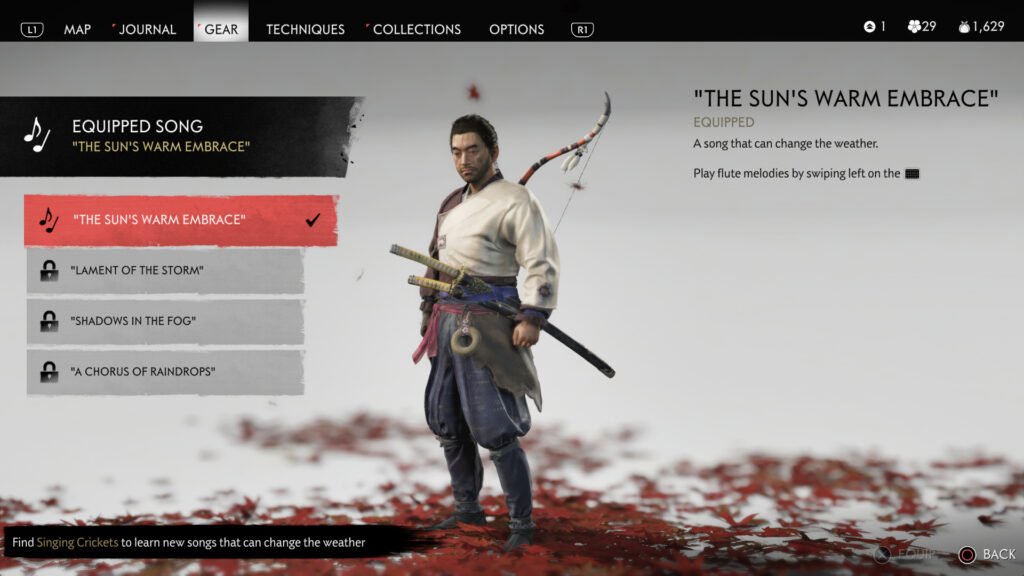
The huge pile of these outings, got along with the awesome voice acting and framing, cause every relationship with Tsushima’s inhabitants to feel veritable and basic. They make solid areas for an experience that causes players to feel fundamentally associated with the world and its loved ones.
6. Multiplayer Mode: Ghost of Tsushima: Legends
The multiplayer expansion, Ghost of Tsushima: Legends, was introduced post-ship off as a free update. Legends licenses players to research a whimsical interpretation of Tsushima Island, drawing inspiration from Japanese old stories and fables. This middle mode is exceptional in that it combines great parts, with players picking between four classes: Samurai, Tracker, Ronin, and Expert assassin.
Each class has its own abilities and playstyles, engaging players to coordinate to conquer surges of adversaries and complete missions. Legends adds replayability to Ghost of Tsushima and permits players a valuable chance to experience the game’s fight in a supportive setting. The development of a multiplayer mode similarly pulled in a greater group and extended the game’s life past its single-player experience.
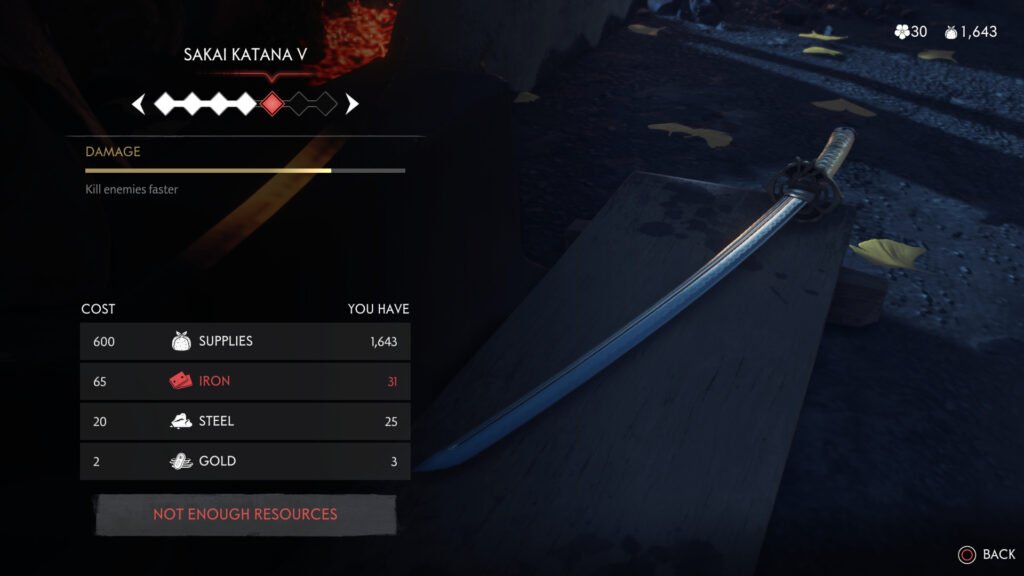
7. Critical Reception and Legacy
Ghost of Tsushima gotten basic recognition upon discharge, adulated for its narrating, visuals, and ongoing interaction mechanics. It has been praised as one of the most outstanding activity experience rounds of its age and has won various honors, including designations for Round of the Year at The Game Honors 2020.
The game’s prosperity exhibits that crowds value stories established in unambiguous social and verifiable settings. The consideration with which Blindside moved toward the samurai kind, combined with its drawing in ongoing interaction, lastingly affects the gaming business. It shows that AAA games can effectively join story profundity with social respect.
8. Future Prospects: What’s Next for Ghost of Tsushima?
With the progress of Soul of Tsushima, fans are irritable to see where Blindside will take the series next. Given the game’s greatness and the significance of raw Japan as a setting, a side endeavor has all of the stores of being consistent. A continuation of Jin’s story, or even a supplement on other samurai during different certain periods, could cultivate the game’s universe and investigate new subjects.
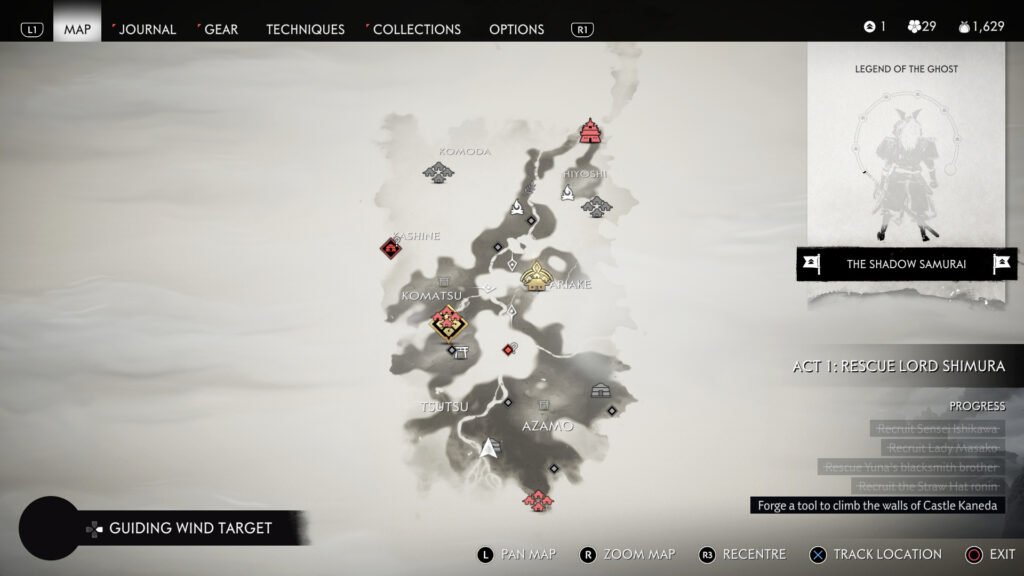
Pieces of nark about an inconceivably reasonable grouping of Apparition of Tsushima further show the game’s social impact. Such an endeavor would present to Jin Sakai’s outing to a more conspicuous assembling and continue to incorporate the rich depicting cutoff of Japanese history.
Conclusion: Why Ghost of Tsushima Is More Than Just a Game
Ghost of Tsushima remains as a demonstration of what computer games can accomplish when they mix narrating, craftsmanship, and interactivity fitting together. The game submerges players in a rich, verifiable world while investigating widespread subjects of honor, obligation, and penance. It is both an exhilarating activity experience and a conscious tribute to Japanese culture.
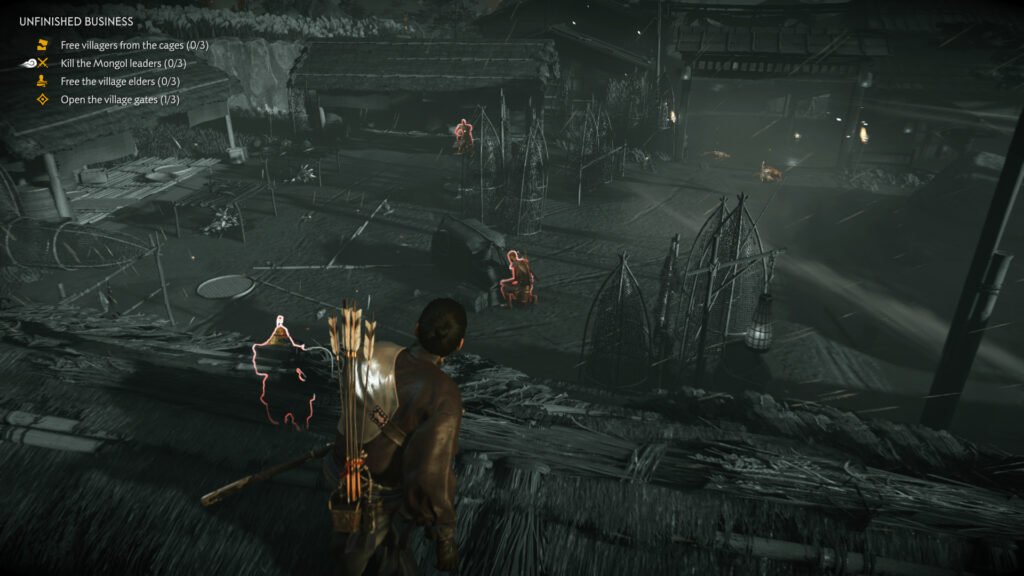
In a market swarmed with open-world games, Phantom of Tsushima cuts out a one of a kind space by zeroing in on its social roots and giving a sincerely full story. Jin Sakai’s process is as much about self-disclosure for what it’s worth about valor, offering players an encounter that is both profoundly private and amazing in scope. As both a specialized accomplishment and a social festival, Phantom of Tsushima keeps on rousing players and will stay a notable title in gaming history long into the future.

